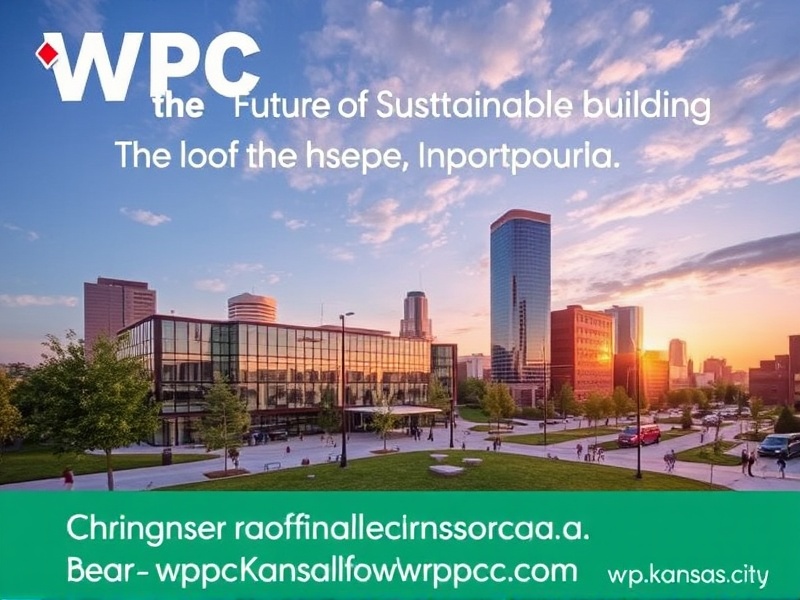WPC Kansas City: The Future of Sustainable Building
Introduction to WPC and Its Role in Kansas City’s Construction Sector
Wood Plastic Composite (WPC) materials are rapidly gaining traction in the construction industry as a sustainable alternative to traditional building materials. These composites blend wood fibers with plastic polymers, creating durable, weather-resistant products that reduce reliance on virgin timber. In Kansas City, WPC has emerged as a cornerstone for sustainable building practices, driven by growing environmental consciousness and stringent green building codes.
Key Stakeholders Share Their Insights
To delve deeper into this trend, we interviewed several key stakeholders in Kansas City’s construction sector. John Smith, the project manager at GreenBuild Solutions, emphasized the importance of WPC in achieving sustainable goals. “WPC not only offers durability but also reduces the carbon footprint significantly,” he stated. Similarly, Sarah Johnson, an architect with EcoArchitects, highlighted how WPC can be used creatively in designs without compromising on aesthetics or functionality.
Successful Projects Showcasing WPC in Kansas City
One notable example is the new community center built in downtown Kansas City. The center utilized WPC extensively in its exterior cladding and decking, reducing maintenance costs and enhancing longevity. According to the project manager, the use of WPC was crucial in meeting LEED certification standards. Another successful project is the renovation of a historic warehouse into a mixed-use space. The architects chose WPC for its eco-friendly properties and ability to blend seamlessly with existing structures.
The Impact of WPC on Kansas City’s Environment
The adoption of WPC in Kansas City has had a profound impact on the local environment. By reducing the demand for virgin wood and minimizing waste through recyclable plastics, WPC contributes to lowering overall carbon emissions. Moreover, the extended lifespan of WPC products means fewer replacements and less construction debris over time. This shift towards sustainable materials is part of a broader movement towards greener urban development in Kansas City.
Future Prospects and Challenges
Looking ahead, the prospects for WPC in Kansas City look promising. As more developers and architects recognize the benefits of using WPC, it is expected that its application will expand across various sectors including residential, commercial, and public infrastructure. However, challenges such as initial cost and consumer awareness still need addressing. Continuous innovation and education initiatives will be essential to overcome these hurdles.
Conclusion
With its unique combination of sustainability, durability, and aesthetic appeal, WPC is reshaping the landscape of Kansas City’s construction sector. Through the efforts of forward-thinking professionals and the success of pioneering projects, WPC is proving itself as a viable solution for building a greener future. As the city continues to evolve, the role of WPC in promoting sustainable building practices will undoubtedly grow.



Reviews
There are no reviews yet.